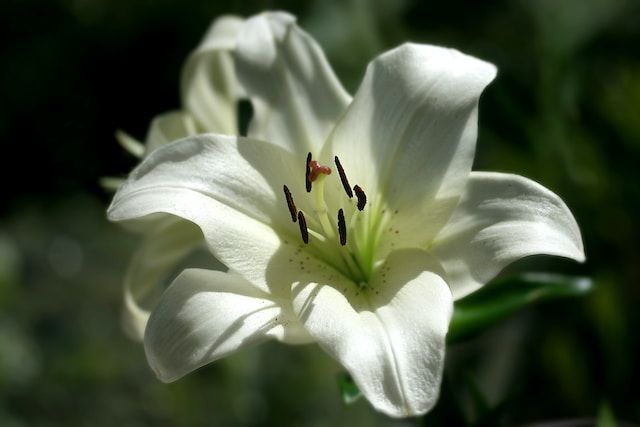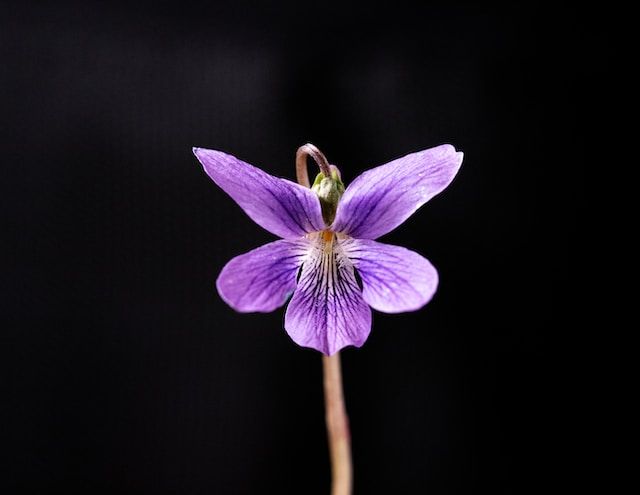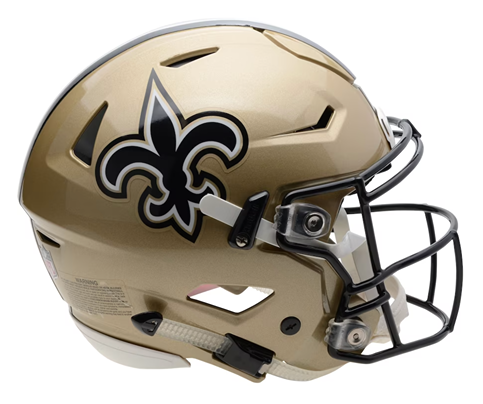The Story of the Fleur de Lis
New Orleanians do everything with a fleur-ish. This widespread French symbol is now the logo of the Big Easy and the pride of New Orleans Saints fans everywhere. It can be found all over the city—as fleur as the eye can see.
The fleur de lis (or sometimes, fleur de lys) is everywhere in New Orleans. It's molded in iron atop fences. It's splashed across flags and tattooed on ankles. It adorns Saints helmets and throw pillows and tote bags. It figures in local décor, clothing, and jewelry. And fleurs de lis practically fill souvenir shops all over town, decorating every postcard and t-shirt and mug and keychain and ornament and random tchotchke. Yes, the fleur de lis exists in practically every format imaginable. They even make a fleur de lis pasta and a fleur de lis waffle maker.

But there's a reason for the everywhereness of this symbol that goes beyond the fact that it's pretty and looks great on socks. The fleur de lis has come to represent New Orleans itself, as well as the rest of Louisiana. It is a symbol of the strength and resilience of the city, especially post-Katrina. And it's a nod to the heritage and culture of the region and its strong French influences. Here's a look at the origins of the fleur de lis and how it came to embellish your doormat and cufflinks.
Near and Fleur
The fleur de lis has been around almost since the beginning of time—at least as far back as the 3rd century BC, and perhaps even earlier. It allegedly turned up in Ancient Egyptian lore, symbolizing the snake that bit and killed Cleopatra. The prolific symbol has appeared in civilizations around the world, from Belarus to Bosnia, Florence to Finland, Malta to Montreal. But the fleur de lis is most often tied to France.
Fit Fleur a King
There's no French history without the fleur de lis. Going back to the days of Clovis, who was essentially the first king of France in around 481 AD, the fleur de lis has long been the emblem of French kings and Catholics. By the time Kings Louis took the throne, the fleur de lis had begun appearing on all their monarchical cloaks, royal scepters, and other noble accouterments. And because of the fleur's association with religion, many French people saw the fleur de lis as a symbol of divine intervention in the lives of the kings and in the affairs of France as a whole.


A Flowery Past
In case you're oblivious or live under a rock and aren't familiar with its shape, the fleur de lis has three parts, roughly resembling three petals tied together at the base. There is a lot of artistic license in how the symbol is portrayed—with considerable variation in color and design, from basic to frilly.
The fleur de lis represents a stylized flower, though there's an ongoing debate as to whether that flower is a lily or an iris. The lily school of thought is straight-forward— translated literally, fleur de lis means "lily flower" in French. On the other hand, those on team iris point out the fact that there is a river in France, near which heaps of yellow irises grow, that's known as the Lys River. This is also where many French kings were believed to have spent lots of time ruling over their peasants and bourgeois, which explains why the iris might have inspired the symbol.

What's the Meaning of This?
The fleur de lis has meant many different things to many different people and has played a variety of roles throughout history.
It is often associated with religion, especially Catholicism, representing purity, chastity, and the Virgin Mary. The three parts of the flower are often said to stand for either faith, wisdom, and chivalry or the Holy Trinity (as in the Father, Son, and the Holy Spirit, and not the celery, onion, and peppers in your jambalaya). According to one French historian, the three petals were actually meant to symbolize the three French social "estates" of yore: commoners, nobility, and clergy.
Unfortunately, however, the fleur de lis didn't always have the favorable associations that it does today. During the time of slavery, some New Orleanians would punish those enslaved people who tried to escape by branding a fleur-de-lis onto their bodies.
Nowadays, the fleur de lis—in its more positive light—has been adopted by cities, countries, and organizations worldwide. It's the symbol of Boy Scouts and frat boys, sororities and universities. It's on sports team uniforms and military uniforms, coats of arms and Chevrolets. It's infiltrated literature, film, fashion, and architecture.

Flair de Lis
It's likely that the fleur de lis came to Louisiana along with the French colonists. The Cajuns and Creoles adopted it to honor their French roots. Local TV stations use it as their own, and local residents embrace it like a badge of honor. On July 9, 2008, former Louisiana governor Bobby Jindal officially made the fleur de lis a Louisiana state symbol.
The fleur de lis stands for everything that is New Orleans: perseverance, history, boldness, courage, flashiness, pride. It has become ingrained in the culture of the city. The fleur de lis is New Orleans.

